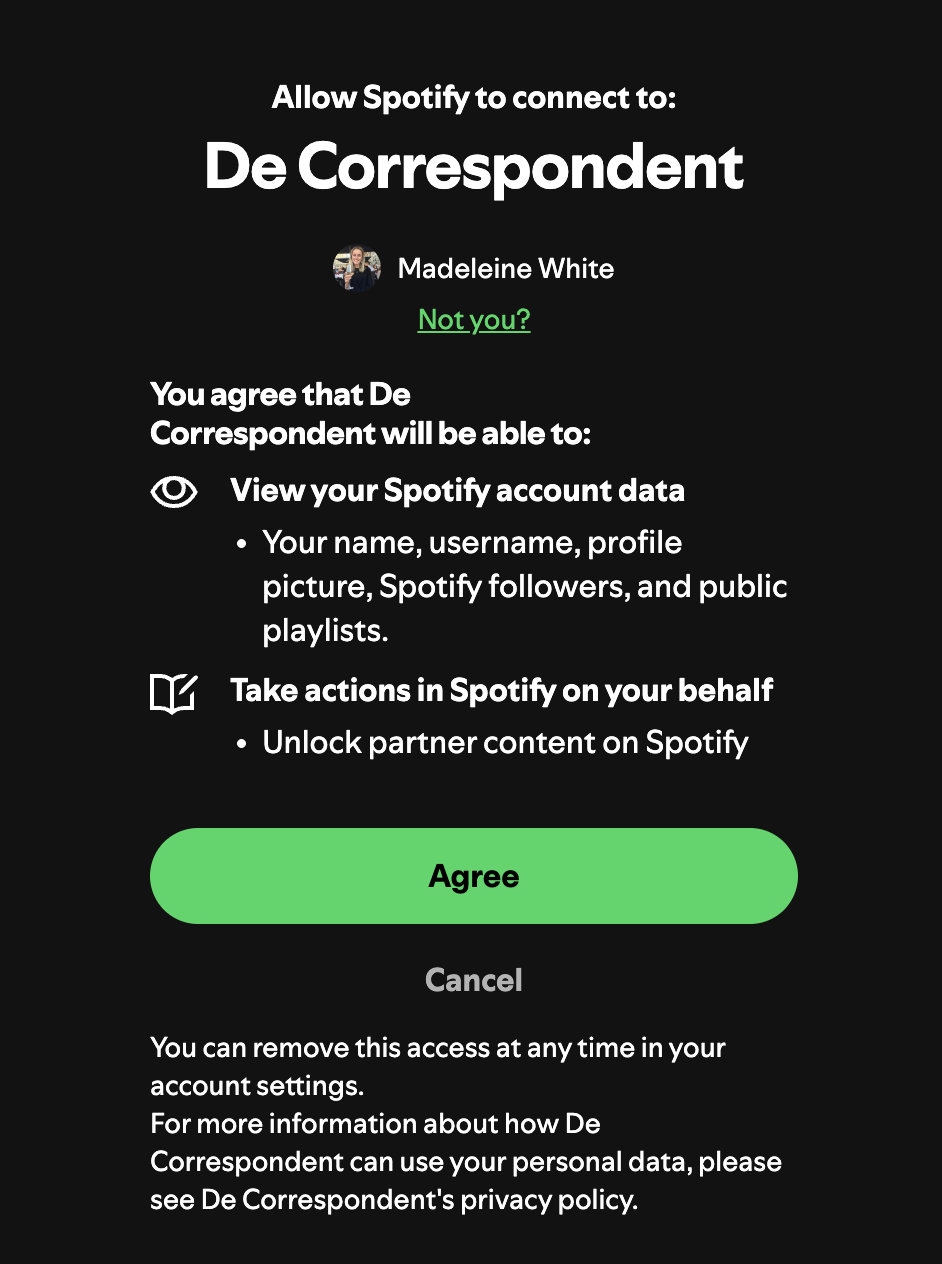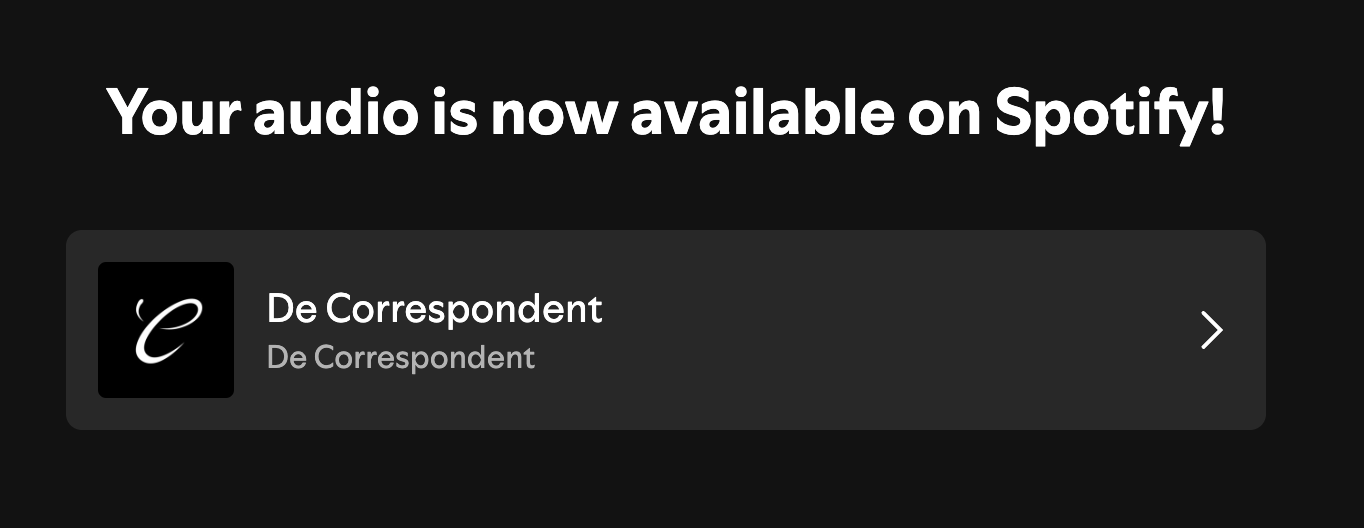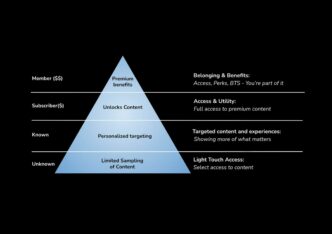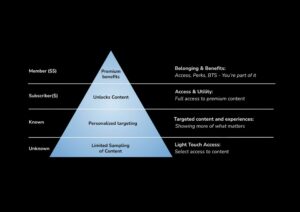

In an increasingly competitive digital landscape, publishers are constantly seeking innovative ways to engage their audience and diversify revenue streams. Paid podcasts are emerging as a compelling solution, offering a new acquisition source whilst providing value to existing subscribers. We sat down with Casper Wolfert, Product Owner at De Correspondent, to uncover his insights and best practices after successfully launching paid podcasts.
A little intro to De Correspondent
“De Correspondent has been providing an antidote to the daily news grind since 2013. It’s an online platform for unbreaking news, committed to collaborative, constructive, ad-free journalism.
De Correspondent’s mission is to reject the daily news cycle and focus on in-depth coverage on a topical basis, led by individual correspondents who each focus on specific topics – we provide context behind the news. Especially in times of political failure, mistrust and pessimism about the future of the world, it is of the utmost importance to create in-depth and constructive stories. With expertise-driven stories, De Correspondent often creates impact by shifting the narrative in the public debate.
De Correspondent is independent, privacy-friendly and completely ad-free.”
The “Why” behind paid podcasts
For many publishers, the initial thought of putting audio content behind a paywall can be daunting, especially when 1) audiences already pay for a Spotify or an Apple Music subscription and 2) the publisher’s goal is to maximize engagement and reach. However, as Casper explains, the decision to introduce paid podcasts was driven by a clear understanding of evolving consumption habits and the need to foster deeper, more direct relationships with their audience.
“People who only follow us via our podcast feed in Spotify or other podcast apps could consume the majority of our content without ever visiting our website… This disconnect makes it really hard to convert them, or even tell them about the choices we make as a platform, what makes us different, how we’re mission-driven.”
Podcasts are also built differently at De Correspondent – they’re voiced by correspondents themselves, aiming for personality-driven journalism that builds trust and fosters deeper connections than brand-to-person interactions. For Casper, if they have a subscription model for content on the website, these high-quality podcasts also need to be made premium, aligning the mission and values across platforms and content.

On the other hand, a hard paywall is in conflict with De Correspondent’s mission of increasing social involvement by providing a deeper understanding of how the world works.
Of course, paid subscriptions are a means to accomplish this mission, but being too commercially driven weakens the impact.
Ultimately it’s a balance of mission and value, one that’s resulted in a nuanced freemium strategy.
The solution lies in a nuanced “freemium” strategy
Casper’s team decided to make stories read by one of their editors premium, while the two main podcast shows remain free. This provides a valuable balance between acquisition of new subscribers and retention of existing ones.
The audio team also has the ability to unlock specific premium episodes for a limited time, especially during major news events, allowing them to leverage timely content for broader reach and impact before re-locking it to encourage subscriptions for evergreen access.

The power of platform partnerships: Spotify Open Access
A crucial element of their strategy was leveraging the Spotify Open Access program. This program allows publishers to connect their existing subscriber credentials with Spotify accounts, directing non-subscribers to their site for subscription or a free trial.
Casper shared that while platforms like Apple Podcasts offer subscription features, they often retain the customer relationship, meaning you don’t get direct access to user data like email addresses, limiting the value for the publisher.
What’s more, the majority of De Correspondent’s podcast listeners are on Spotify, so it’s best to meet them where they are, utilizing existing habits rather than forcing users to adopt a new platform or app.


The implementation journey
Launching a paid podcast strategy isn’t without its challenges, but Casper assures that it’s not hard to achieve.
The most significant effort in their launch was dedicated to testing user flows, particularly for existing listeners or former subscribers, ensuring a smooth experience that doesn’t frustrate these audiences.
Successful implementation requires coordination between different teams and external partners, including working with Spotify themselves (who have dedicated teams for this) and aligning the audio delivery platform.
Casper highlights that a shift to a paid podcast model will likely result in a decrease in overall plays for your premium content, but that this is insignificant compared to the benefits. Having said this, it’s important to communicate the value exchange and proposition of your premium offer, especially to podcast listeners who haven’t previously visited the site.
What does success look like?
For Casper’s team, success extends beyond just acquisition numbers.
One immediate win was the ability to clearly demonstrate that “journalism isn’t free” and that these audio stories have significant production value, helping to increase brand value and create an urgency to subscribe.
But of course, success is also about converting free podcast listeners into paid members and to provide additional value to existing subscribers.
The long-term vision: independence and direct relationships
The move to paid podcasts is part of a broader strategy to build direct relationships with De Correspondent’s audience, a crucial move in an era where social and search traffic are declining.
“To stay independent, it’s becoming more and more important to have direct relations,” This strategy allows publishers to take control and avoid being solely dependent on large tech companies that can “flip the table at any moment“.
By embracing paid podcasts, digital publishers can not only unlock new revenue streams but also fortify their independence and cultivate invaluable direct relationships with their most dedicated audience members.












